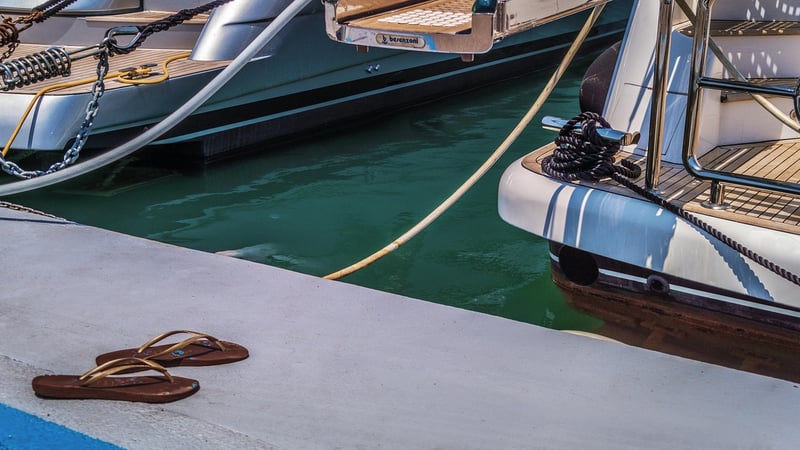Historical Etiquette
Guidance for Voyagers: Historical Etiquette

Embarking on a journey in historical times required more than just packing your bags; it involved adhering to a set of etiquettes and norms that governed the conduct of voyagers. Let's delve into the fascinating world of historical etiquette for travelers.
The Art of Dressing
Proper attire was of utmost importance for voyagers. Depending on the destination and mode of travel, travelers were expected to dress appropriately. For instance, on a grand ocean liner, formal evening wear was customary for dinner, while more casual attire was suitable during the day.
Minding Your Manners
Politeness and courtesy were essential virtues for voyagers. Simple gestures like saying "please" and "thank you," holding doors open for fellow travelers, and being respectful towards the crew were expected at all times.
Dining Decorum
Mealtimes were a significant event during voyages. Following proper dining etiquette such as using the correct cutlery, not talking with food in your mouth, and engaging in pleasant conversation with tablemates were considered good manners.
Socializing on Deck
Interacting with fellow travelers was a common pastime on voyages. Engaging in light conversation, participating in onboard activities, and respecting others' privacy were key aspects of social etiquette onboard a ship.
Appreciating Cultural Differences
Traveling to different regions meant encountering diverse cultures and customs. Showing respect for local traditions, trying new foods, and being open to new experiences were essential parts of being a courteous voyager.
By understanding and following these historical etiquettes, voyagers of yore navigated the seas with grace and sophistication, leaving a legacy of refined travel manners for generations to come.
Safe travels!
